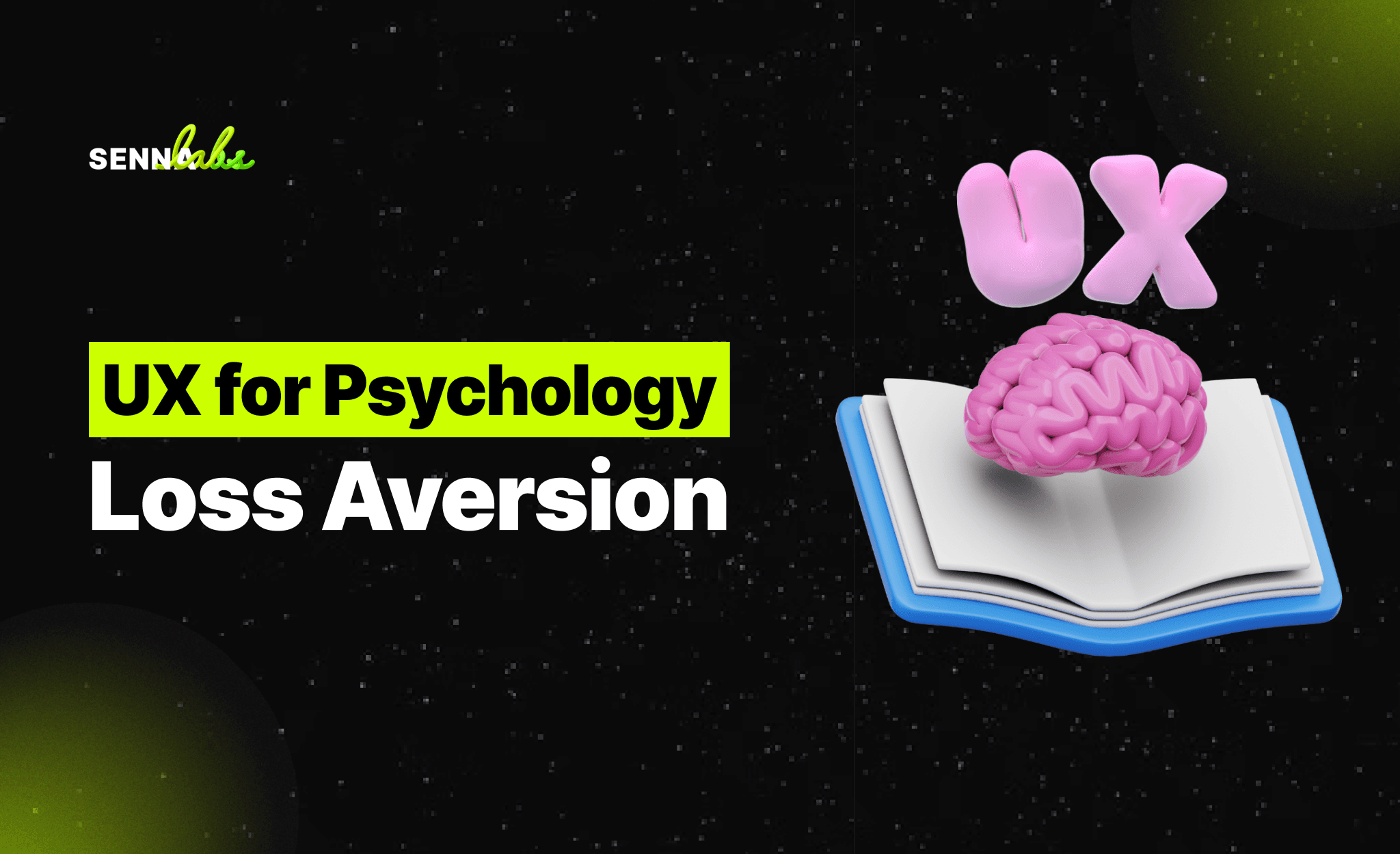Implementing Personalization for a Tailored User Experience

Personalization has become a cornerstone of modern UX/UI design, enabling websites and applications to deliver unique, user-centric experiences. Rather than providing the same static interface for every user, personalization leverages AI, machine learning, and user data to tailor content, recommendations, and interactions to individual preferences.
A video streaming platform struggled with low content discovery rates, as users found it difficult to locate shows or movies suited to their interests. After integrating AI-driven recommendations, cookies, and session storage, the platform saw a significant increase in engagement and user retention.
This article explores how AI personalizes user experiences, how cookies and session storage enhance convenience, and how customized dashboards and content feeds drive engagement.

1. Case Study: A Video Streaming Platform Improved Content Discovery with AI-Driven Recommendations
A leading video streaming service identified key challenges:
-
Users struggled to find relevant content, leading to lower engagement.
-
Manual searching took too long, reducing overall user satisfaction.
-
Users often abandoned the platform without watching anything.
UX/UI Changes Implemented
To enhance personalization, the platform introduced:
-
AI-powered content recommendations based on viewing history and preferences.
-
Custom homepage layouts tailored to individual user habits.
-
A dynamic watchlist that suggested new content similar to previously watched shows.
Results:
-
Content discovery increased by 50%.
-
User session duration improved by 30%.
-
Search dependency decreased as personalized suggestions became more effective.
2. How AI and Machine Learning Personalize User Experiences
The Role of AI in Personalization
AI enables real-time adaptation of content and recommendations based on user behavior, past interactions, and predictive analytics.
How AI Enhances UX/UI Personalization
-
Behavior-Based Recommendations
-
AI analyzes watch history, search patterns, and interactions to suggest relevant content.
-
Predictive Personalization
-
Machine learning anticipates user needs, offering tailored suggestions before users even search.
-
Adaptive Interfaces
-
UI elements adjust dynamically based on frequently accessed features and user preferences.
Example from the Case Study:
-
The streaming platform’s AI algorithm suggested movies based on genre preferences, reducing the time users spent searching manually.
-
Result: Increased engagement and longer viewing sessions.
3. Using Cookies and Session Storage to Remember User Preferences
Why Cookies and Session Storage Matter
Users expect websites to remember their preferences, such as:
-
Recently watched content
-
Preferred categories or themes
-
Language and subtitle settings
Cookies and session storage enable seamless, uninterrupted experiences across browsing sessions.
How to Implement Personalized UX Using Cookies
-
Store User Preferences Locally
-
Remember settings like dark mode, audio preferences, or notification settings.
-
Enable Seamless Cross-Device Experience
-
Sync user data so they can resume watching content from where they left off.
-
Use First-Party Cookies for Secure Personalization
-
Ensure compliance with data privacy regulations (GDPR, CCPA).
Example from the Case Study:
-
Users who started a movie on one device could continue watching from the same timestamp on another device, enhancing cross-platform continuity.
-
Result: Improved user retention as users felt more in control of their experience.
4. Designing Custom Dashboards and Content Feeds for Personalization
Why Personalized Dashboards Improve Engagement
A one-size-fits-all dashboard does not cater to different user preferences. A dynamic dashboard adapts to each user’s habits, surfacing relevant content and reducing clutter.
How to Create Personalized Dashboards
-
Allow Users to Customize Widgets
-
Enable users to pin frequently used features and hide irrelevant ones.
-
Use AI to Auto-Arrange Content
-
Prioritize most-watched categories or recently used functions.
-
Display Dynamic Content Feeds
-
Automatically adjust homepage layout based on real-time user behavior.
Example from the Case Study:
-
The streaming platform redesigned the homepage to prioritize "Continue Watching" and "Recommended for You" sections based on viewing history.
-
Result: Users explored more content, increasing retention rates.
5. Summary: How Personalization Enhances UX/UI
Key Takeaways:
-
AI-powered recommendations simplify content discovery.
-
Cookies and session storage create a seamless, cross-device experience.
-
Custom dashboards make user interactions more intuitive.
Conclusion
Personalization is transforming modern UX/UI, creating experiences that are more relevant, engaging, and efficient. Businesses that leverage AI-driven recommendations, smart data storage, and adaptive UI design will enhance user satisfaction, increase engagement, and build long-term customer loyalty.


Subscribe to follow product news, latest in technology, solutions, and updates
Other articles for you



Let’s build digital products that are simply awesome !
We will get back to you within 24 hours!Go to contact us Please tell us your ideas.
Please tell us your ideas.







